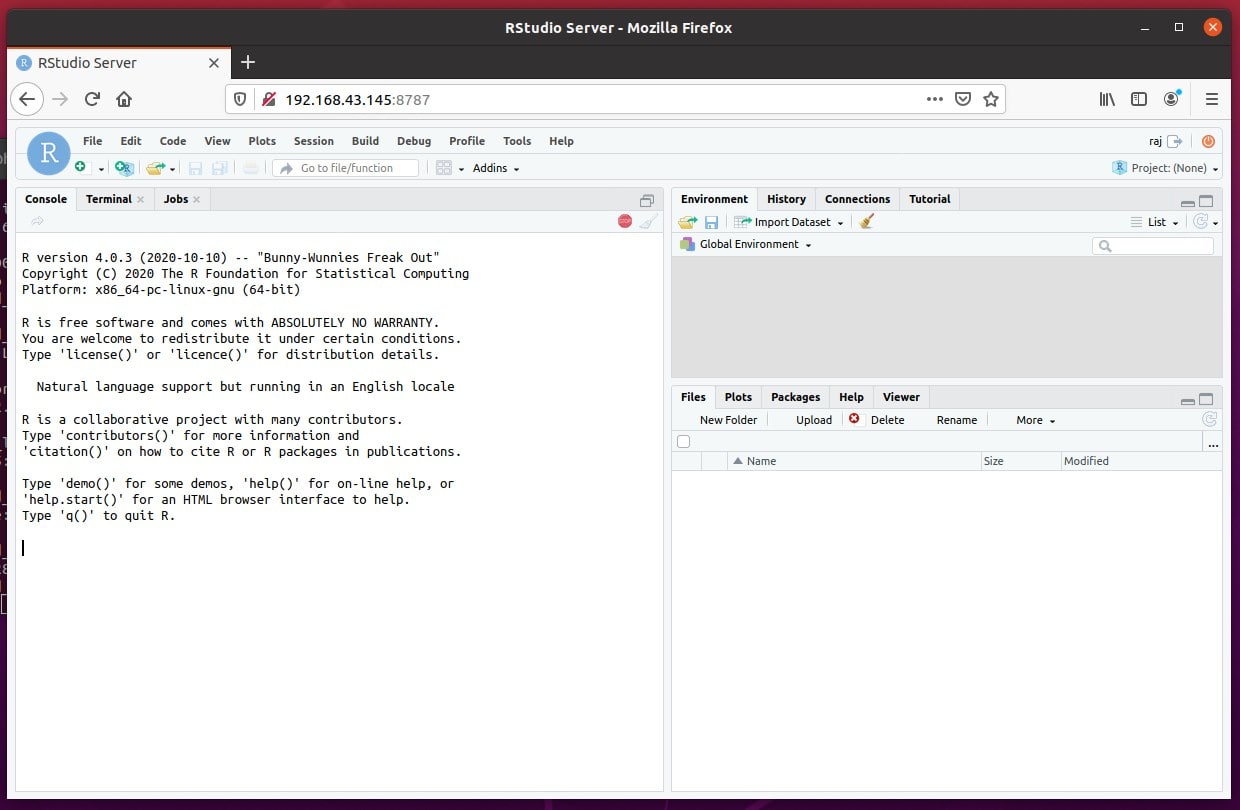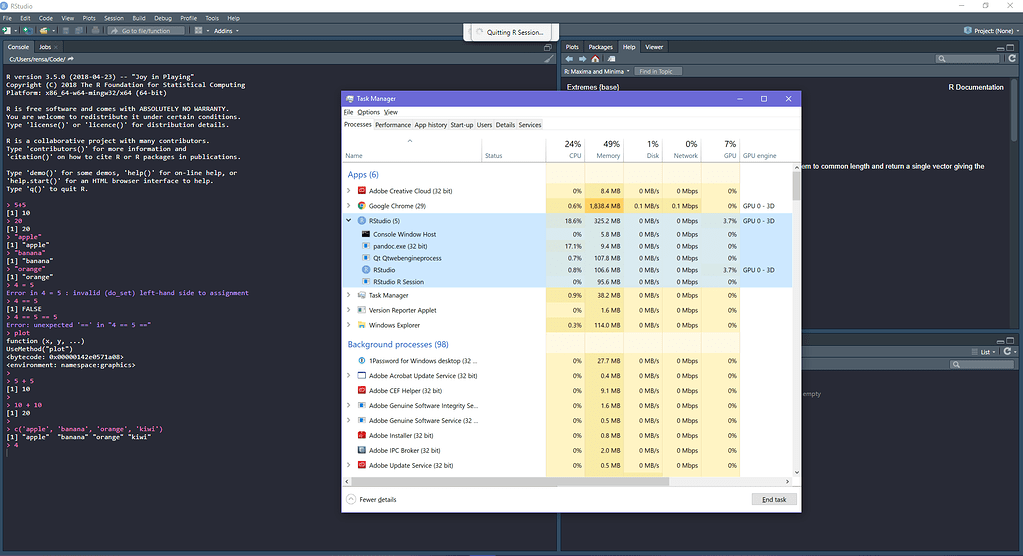

- #RSTUDIO SOURCE ON SAVE HOW TO#
- #RSTUDIO SOURCE ON SAVE UPGRADE#
- #RSTUDIO SOURCE ON SAVE CODE#
- #RSTUDIO SOURCE ON SAVE PROFESSIONAL#
The problem with rm(list = ls()) is that, given the intent, it does not go far enough.

This line is meant to reset things, either to power-cycle the current analysis or to switch from one project to another. This is highly suggestive of a non-reproducible workflow. They use an IDE because it makes it so much easier to follow best practices.
#RSTUDIO SOURCE ON SAVE PROFESSIONAL#
But this gets the direction of causality backwards: long-time and professional coders don’t do these things because they use an IDE.

Sometimes people resist advice because it’s hard to incorporate into their current workflow and dismiss it as something “for experts only”.
#RSTUDIO SOURCE ON SAVE HOW TO#
#RSTUDIO SOURCE ON SAVE CODE#
Instead, it becomes easier to do the right thing, which is to develop code in a. This eliminates the temptation to develop code directly in the R Console. If this is your life, it is very attractive to type code directly in R!Īny good IDE offers a powerful, R-aware code editor and provides many ways to send your code to a running R process (along with other modern conveniences). Without an IDE, you edit your code in one app, copy one or more lines to the clipboard, then paste that into R, and execute. Just save it!Īn integrated development environment (IDE) is critical for making this workflow pleasant. When working with R, save your commands in a. They are important because they provide constant pressure for you to do the right thing: save the source code needed to create all important artefacts of your analysis.īelow we lay out the concrete measures for adopting this workflow. Rdata and restarting R often are not intrinsically important or morally superior behaviours. Saving code – not workspaces – is incredibly important because it is an absolute requirement for reproducibility. These recommendations make useful objects readily available for use in other scripts or documents, with the additional assurance that they can be regenerated on-demand. This is in contrast to storing them implicitly or explicitly, as part of an entire workspace, or saving them via the mouse. This is guaranteed to lead to heartache.Įverything that really matters should be achieved through code that you save.Īll important objects or figures should be explicitly saved to file, in a granular way. This fear is worth designing away, because attachment to your workspace indicates you have a non-reproducible workflow. Why might this be unappealing? This sounds terrible if your workspace is a pet, i.e. it holds precious objects and you aren’t 100% sure you can reproduce them. Any individual R process and the associated workspace is disposable. I recommend you cultivate a workflow in which you treat R processes (a.k.a. Their creation is automated and the result of the work that they do is recorded in a file or other persistent data store. Why are individual servers disposable in cloud computing? Because they can be destroyed and replaced at any time and you generally have lots of them. A pet, on the other hand, is unique and precious. Livestock is managed in herds and there is little fuss when individuals are lost or must be sacrificed. I’m borrowing an analogy used to describe the ethos of cloud computing ( history of this meme). Think of your R processes as livestock, not pets. 12.3 Where things exist in CRAN packages.

#RSTUDIO SOURCE ON SAVE UPGRADE#


 0 kommentar(er)
0 kommentar(er)
